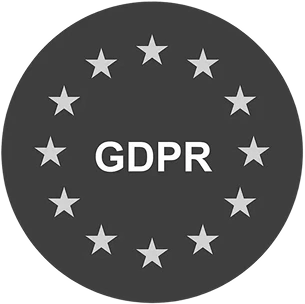When you're responsible for the parking experience of 14 million drivers globally, every friction point doesn't just frustrate customers. It burns revenue, damages partnerships, and sends drivers to competitors.
For Steven Burt, Senior Director, Global Customer Experience at JustPark, the challenge wasn't a lack of feedback. It was having too much of it scattered everywhere, with no way to act fast enough. While most brands use Voice of Customer platforms to review the past, JustPark needed something different. They needed to shape what happens next.
This is the story of how they made that shift, going from drowning in disconnected signals to spotting and fixing a multi-thousand-dollar revenue leak in real time. In this guide, we'll explore:
- How JustPark consolidated siloed feedback into actionable insights
- Why their vendor partnership mattered more than any feature list
- What CX leaders can learn from their transformation from reactive reporting to proactive churn prevention
📽️Watch the full video here:
SentiSum x JustPark | JustPark Turns Driver Feedback Into Instant CX Wins (Case Study)
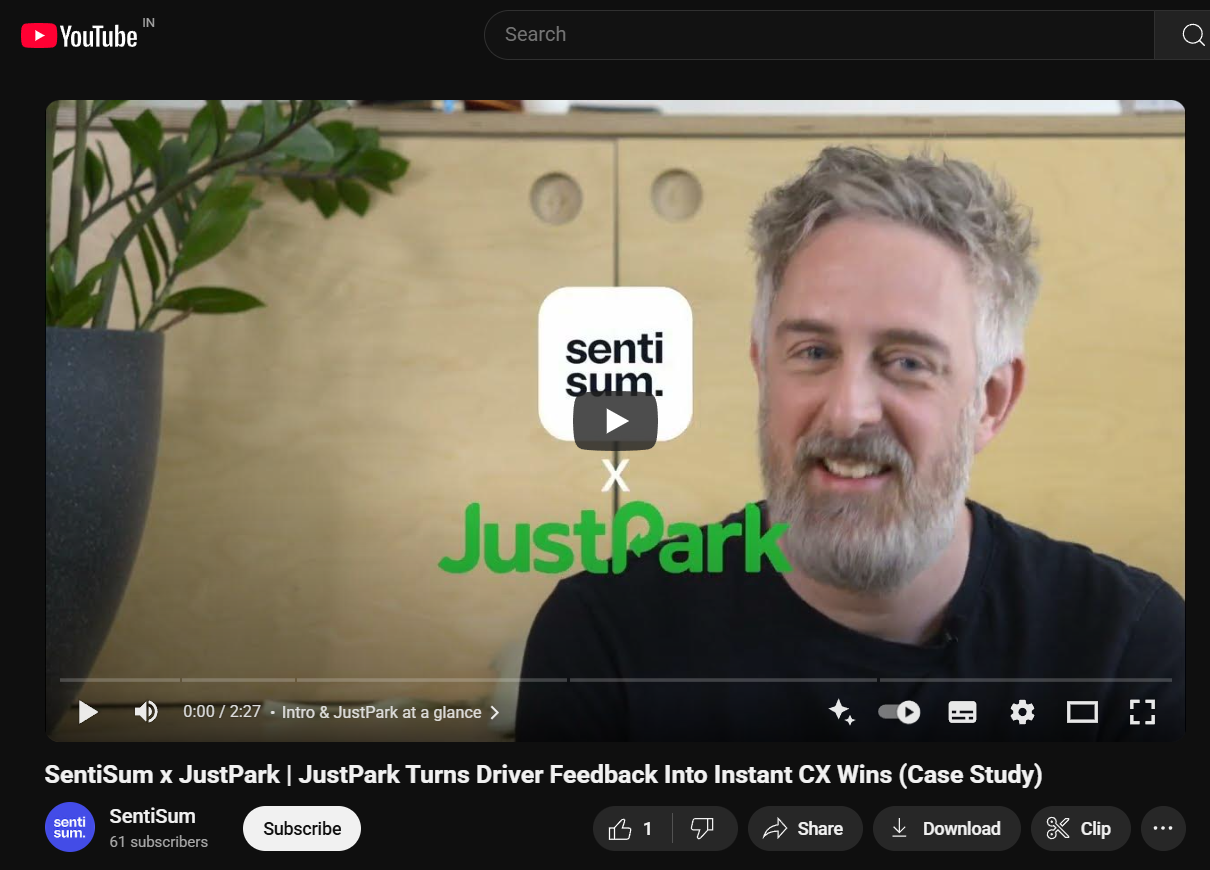
The Cost of Scattered Feedback: Burning Customer Journeys While You Investigate
JustPark’s leading digital parking platform was established in London in 2006 to use technology in connecting drivers with available parking through its dedicated website and mobile app. It enables users to find, reserve, and pay for various parking options online, including public and private spots like driveways, city car parks, airports, and stadiums.
Operating across the UK and North America, JustPark has facilitated bookings for millions of vehicles annually and, as of 2025, serves over 13 million users with hundreds of thousands of parking spaces.
At that scale, managing customer feedback should be straightforward. You'd think with millions of interactions, patterns would be easy to spot.
But for Steven and his team, the reality was far messier. They weren't struggling with too little information. They were drowning in too much of it:
The Feedback Fragmentation Problem
Before working with SentiSum, JustPark's feedback lived in five or six different places. Support tickets sat in one system. App reviews in another. Email feedback somewhere else. Survey responses in yet another tool. Social media mentions scattered across platforms.
The data existed, but seeing any meaningful pattern felt nearly impossible when everything was so disconnected.
This fragmentation created a vicious cycle. Problems would start small on Monday, then compound throughout the week as more customers hit the same issue through different channels. By the time someone on the team could manually piece together that there was a pattern, hundreds of customer journeys had already been negatively impacted. Revenue was lost. Partner relationships were strained.
And instead of solving problems proactively, the team found themselves constantly in reactive crisis mode.
The Churn Impact for Transaction Businesses
For a business like JustPark, this lag was existential.
Unlike one-time purchase businesses, where you might never see a dissatisfied customer again anyway, JustPark needs the drivers to keep coming back. Every burned journey becomes a potential churn risk. Every unresolved friction point opens the door for competitors.
As a seasoned CX leader, Steven knew JustPark needed to break this cycle, which is what led him to start evaluating Voice of Customer solutions that could move faster than their current manual approach.
Why Collaboration Mattered More Than Features
When Steven began his search, he had a clear goal: find a platform that could unify those scattered feedback sources and surface actionable insights fast enough to actually prevent problems from escalating.
In fact, his team wasn't interested in building products just to create revenue. They wanted to fix driver problems. The distinction mattered because it shaped what kind of solution they needed and, more importantly, what kind of partner they were looking for.
As Steven evaluated different vendors, he noticed something. Most sales conversations focused heavily on features and capabilities, walking through long lists of what the software could do.
But that technical firepower wasn't what ultimately closed the deal with SentiSum. What made the difference was the approach the team took from their very first meeting.
The Canary Wharf Meeting That Changed Everything
The SentiSum team met with Steven at their Canary Wharf office, and instead of launching into a standard product demo, they spent real time trying to understand JustPark's business.
It was not just surface-level questions about company size or industry, but deep dives into how their driver journey actually worked, where the current pain points were, and what "fixing driver problems" meant in JustPark's specific context.
"That was one of the main things," Steven recalls, "just how collaborative and how easy it was to work with SentiSum and their enthusiasm to understand the business of JustPark and not just looking to sell a piece of software."
Why Partnership Beats Software Sales
This collaborative approach resonated with Steven because he'd seen the alternative play out too many times.
- Resources of CX leaders get burned by tools that promise everything during the sales process, then essentially disappear once the contract is signed
- Or, they implement platforms that look beautiful in controlled demos but require six months of configuration before they're actually useful
- Or, worst of all, they end up with dashboards that nobody looks at because they don't answer the questions leadership actually cares about
SentiSum's willingness to invest upfront time understanding JustPark's driver journey touchpoints, their existing tech stack, and their specific success criteria signaled something different. This wasn't going to be a transactional software deployment. It was going to be a partnership focused on actually improving customer experience.
As SentiSum’s founder puts it:
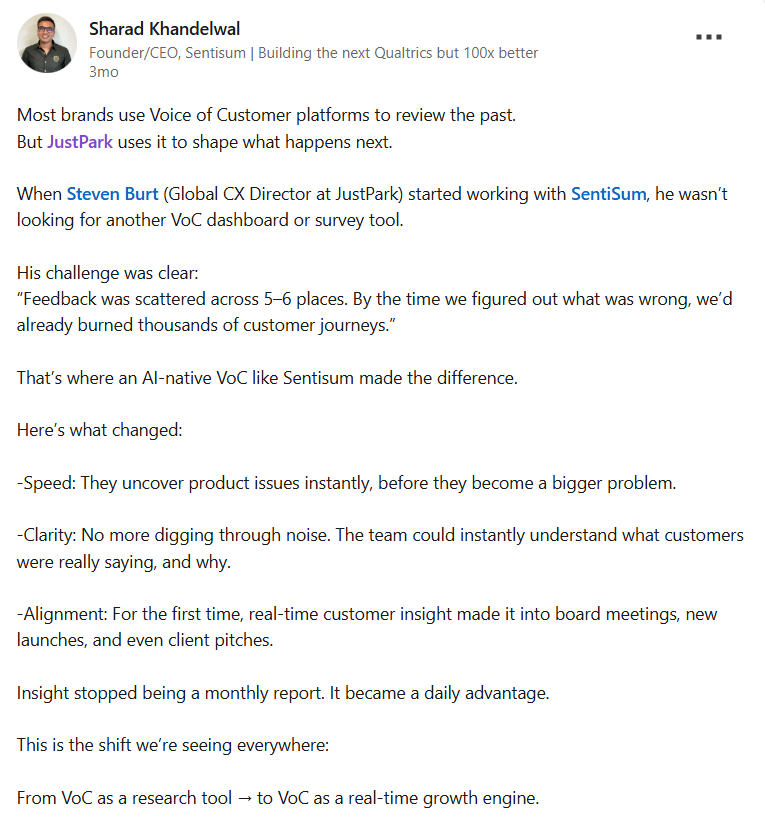
And that distinction would prove crucial when it came time to spot the revenue leak that was quietly costing JustPark thousands.
Spotting the Revenue Leak: The Barrier Problem Nobody Saw Coming
Once SentiSum went live and started unifying feedback across all those previously disconnected channels, patterns that used to take weeks to identify suddenly emerged within days. The platform wasn't just aggregating data. It was analyzing the context around customer mentions, clustering similar issues together, and highlighting anomalies that indicated something more systematic than isolated incidents.
And almost immediately, one key pattern jumped out:
The Signal in the Noise
Multiple dozens of drivers per day were reporting problems with barriers at several car parks operated by one of JustPark's major partners.
Now, if you're in the parking industry, barrier complaints aren't exactly unusual. JustPark's team was used to seeing them regularly. The real challenge was always separating signal from noise.
- Which complaints were just one-off mechanical issues or user errors?
- Which ones pointed to systematic problems that needed urgent attention?
Before SentiSum, making that distinction was nearly impossible.
Barrier feedback would come through every channel in different formats with varying levels of detail. One driver might leave a short app review saying "barrier wouldn't open." Another might send a detailed email explaining exactly what happened. A third might just tweet frustration without much context.
By the time someone manually sifted through all those different systems and connected the dots, hundreds of drivers had already been affected.
But with SentiSum analyzing feedback in real time, the platform quickly identified that these weren't random malfunctions. This was a specific issue affecting dozens of drivers daily across multiple locations, and it was all concentrated with one major partner.
The pattern was clear. The impact was significant. But what was actually causing it?
Finding the Root Cause
This is where SentiSum's ability to surface root causes, not just symptoms, became critical.
The platform's analysis revealed something JustPark's team hadn't anticipated:
- Drivers were showing up at partner car parks with different vehicles than they'd originally registered. Maybe they usually drove a sedan, but took their SUV that day.
- Or they borrowed a family member's car.
- Whatever the reason, when they arrived at the barrier, the system couldn't validate them because JustPark's platform lacked an easy way for drivers to update their license plate information.
No validation meant barriers wouldn't open. Frustrated drivers meant support tickets flooded in through every channel. The partner relationship started showing strain. And revenue quietly leaked away as drivers who'd had bad experiences chose other parking options next time, or worse, started exploring competitor platforms entirely.
Once Steven's team understood the root cause, the fix was straightforward. They added functionality, letting drivers easily change their license plate information.
The result? Thousands in revenue were saved that would have continued bleeding out week after week if they'd still been operating with their old siloed approach.
"That was a piece where we were then able to fix that problem," Steven notes. "It would have saved us thousands in revenue."
The contrast with their previous situation was stark. Without SentiSum, identifying this pattern would have taken weeks of manual investigation. During that time, the problem would have kept affecting dozens of drivers daily across multiple locations. The revenue impact would have multiplied. The partner relationship would have deteriorated further.
And perhaps most damaging for a retention-focused business, drivers would have experienced unnecessary friction that eroded their trust in the platform.
That's the difference between reactive and proactive customer experience management. That's what real-time churn detection actually looks like in practice.
When Customer Insights Become an Executive Weapon
For Steven, solving the barrier problem was a huge operational win. But something unexpected happened next that transformed how JustPark's entire organization thought about customer feedback.
The global executive team, which, like most leadership groups, had historically viewed customer insights as something the CX team handled, suddenly started paying very close attention.
Executive Buy-In Through Business Impact
The difference came down to clarity.
SentiSum wasn't showing executives sentiment scores or CSAT trends that required interpretation. It was showing them concrete problems directly affecting revenue and critical partnerships, with clear business impact that needed no translation.
They could easily see what was broken, how much it was costing, and what needed to happen to fix it.
But the value extended beyond just internal problem-solving. Steven's team realized they could leverage these insights in external contexts that directly supported business development.
When pitching to potential partners, such as stadiums or large parking operators, they can demonstrate JustPark's commitment to customer experience through their investment in AI-native feedback analysis. It became proof they were serious about operational excellence, not just talking about it.
From Internal Tool to Competitive Differentiator
The team also started using SentiSum for post-launch analysis of new stadium implementations.
- What went right at the last rollout?
- What went wrong?
- How could they improve the approach for the next one?
This kind of strategic learning impressed both internal stakeholders and external partners who saw that JustPark wasn't just implementing parking infrastructure. They were building a continuous improvement machine.
"We started using it in pitches for clients as well," Steven shares, "just demonstrating almost how committed we are to customer feedback."
For the first time, real-time customer insight made it into board meetings, new launches, and even client pitches. Insight stopped being a monthly report that arrived too late to change anything. It became a daily advantage that shaped decisions across the organization.
When your VoC platform delivers value not just to Customer Experience but also to Product, Operations, Sales, and Leadership, buy-in stops being something you have to fight for.
How to Choose a Voice of Customer Platform That Prevents Churn
If you're evaluating VoC solutions while juggling feedback across multiple channels, here's what JustPark's experience says matters most:
- Unified signal collection: Can the platform actually consolidate support tickets, chat logs, surveys, reviews, and social media into one view? If you're still checking multiple systems, you haven't solved the problem.
- Real-time analysis, not retrospective reports: Legacy tools analyze last month's feedback when it's too late to prevent damage. AI-native platforms surface emerging patterns within days, before hundreds of customer journeys are burned.
- Root cause identification over sentiment scoring: Knowing your CSAT dropped doesn't fix anything. You need platforms that connect feedback to specific, actionable root causes, like JustPark discovering the missing license plate functionality.
- Collaborative implementation: Vendors who invest time understanding your business, customer journey, and success metrics before going live deliver substantially faster value than those who just hand you login credentials.
- Cross-functional value: The best platforms serve Product, Operations, Sales, and Leadership with insights that drive their specific goals, not just the CX team.
See How SentiSum Turns Feedback Into Retention Actions
JustPark's transformation from siloed feedback chaos to coordinated instant action demonstrates what becomes possible when CX leaders have both the right tools and the right partnership. They went from burning thousands of customer journeys before problems were even identified to spotting and fixing revenue leaks in real time.
They evolved from using Voice of Customer as a backward-looking research tool to leveraging it as a forward-looking growth engine that actively shapes what happens next.
For CX leaders currently managing feedback scattered across multiple channels, especially in subscription-based businesses where churn prevention determines long-term viability, SentiSum's AI-native Voice of Customer platform can be a suitable option.
It unifies feedback signals from support tickets, chat logs, surveys, reviews, and every other customer interaction channel into one coherent view. It also surfaces emerging patterns before they escalate into crises.
See how SentiSum helps prevent churn by acting on feedback faster. Schedule a demo.
Heading 1
Heading 2
Heading 3
Heading 4
Heading 5
Heading 6
Lorem ipsum dolor sit amet, consectetur adipiscing elit, sed do eiusmod tempor incididunt ut labore et dolore magna aliqua. Ut enim ad minim veniam, quis nostrud exercitation ullamco laboris nisi ut aliquip ex ea commodo consequat. Duis aute irure dolor in reprehenderit in voluptate velit esse cillum dolore eu fugiat nulla pariatur.
Block quote
Ordered list
- Item 1
- Item 2
- Item 3
Unordered list
- Item A
- Item B
- Item C
Bold text
Emphasis
Superscript
Subscript

.webp)






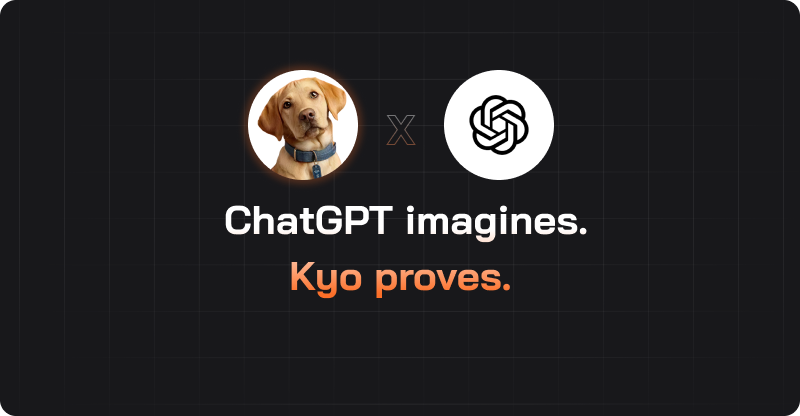
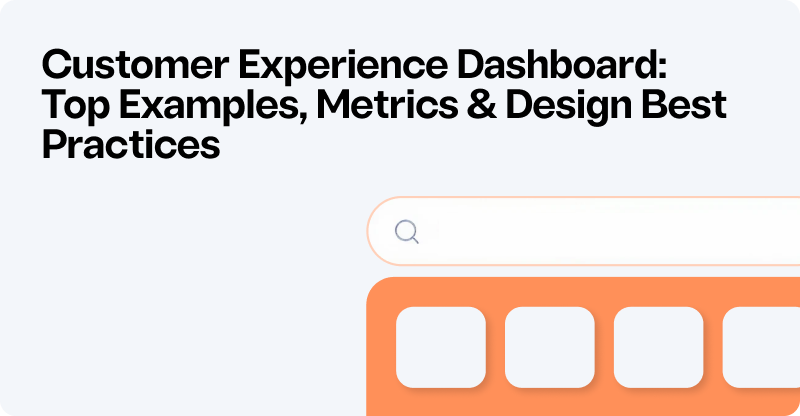

.webp)

.svg)









